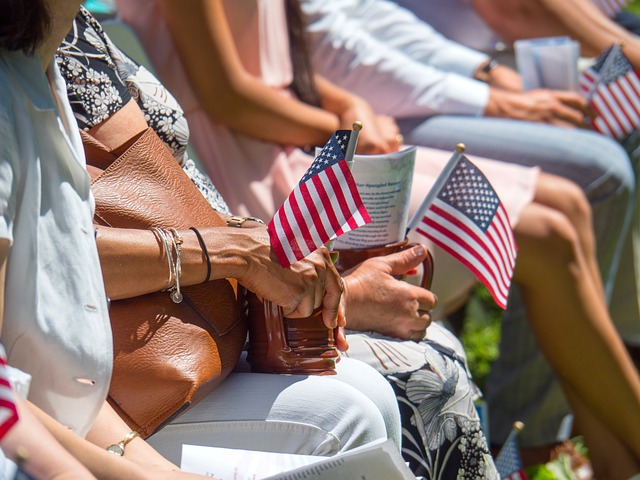Understanding Flag Size Standards emphasizes the importance of specific dimensions (8×10 ft indoors, 5×8 ft outdoors) for optimal visibility of American flags. A larger 5×8 ft flag offers better detail clarity from farther distances, ideal for public spaces. Adhering to these sizes enhances flags' impact as symbols of national pride and unity. In indoor or small event settings, the standard 5×8 ft flag is suitable; outdoors, larger flags like 10×15 or 12×18 are recommended based on lighting conditions to ensure distinct colors and design from a distance.
Determining the ideal flag size is paramount for ensuring maximum visibility and impact. In this guide, we explore the art of choosing the best dimensions, focusing on the iconic American Flag size of 5×8 feet. We delve into industry standards and how they influence visual communication. Understanding these factors allows you to make an informed decision, whether for outdoor displays or promotional events. The American Flag’s 5×8 ratio has proven popular for its balance between eye-catching appearance and practical use.
- Understanding Flag Size Standards and Their Impact on Visibility
- The American Flag 5×8: A Popular Choice for Optimal Visibility
- Factors to Consider When Determining the Best Flag Size for Your Needs
Understanding Flag Size Standards and Their Impact on Visibility

Understanding Flag Size Standards and Their Impact on Visibility
When it comes to American flags, size matters. The industry standard for indoor display is an 8×10 foot (or 96×120 inch) flag, while for outdoor use, a 5×8 foot (or 60×96 inch) flag is commonly recommended. These dimensions are not arbitrary; they’re based on extensive research into visual perception and optimal viewing conditions. A larger flag offers more surface area for the eye to register details, making it easier to spot from various distances and angles.
For instance, an American flag measuring 5×8 feet provides a clear, unobstructed view of its iconic stars and stripes from a typical distance of 50-100 feet, ideal for public spaces and outdoor events. Smaller flags might look unassuming, but they can be challenging to discern from far away, defeating the purpose of their display. Thus, adhering to established size standards enhances the visibility and impact of the flag, ensuring it serves its intended role as a symbol of pride and unity.
The American Flag 5×8: A Popular Choice for Optimal Visibility

The American Flag, a symbol of pride and freedom, comes in various sizes, but one popular choice for optimal visibility is the 5×8 version. This size strikes an ideal balance between grandeur and practicality, making it a favorite among individuals and organizations alike. The 5×8 dimensions allow the flag to be prominently displayed, ensuring that its powerful imagery and colors can be clearly seen from a distance.
This flag’s size makes it versatile for various settings, from front porches and gardens to community events and patriotic gatherings. Its larger surface area provides ample space for the intricate stars and stripes to shine, making it an impactful visual representation of American heritage. The 5×8 American Flag is a reliable option for those seeking to make a bold statement while maintaining exceptional visibility.
Factors to Consider When Determining the Best Flag Size for Your Needs

When determining the best flag size for visibility, several factors come into play. One of the primary considerations is the context in which the flag will be displayed—whether it’s indoors, at an event, or on a pole outside. For instance, a standard American Flag (5×8 feet) works well for indoor displays and small gatherings as its size strikes a balance between being noticeable and not overwhelming. If the flag is intended for outdoor use, especially on a pole, larger sizes like 10×15 or even 12×18 can ensure better visibility from a distance.
Another crucial factor is lighting. In well-lit areas, smaller flags like the 5×8 American Flag can still be highly visible. However, in low-light conditions, such as during dusk or at night, larger flags offer more surface area for the flag’s colors and design to be seen clearly. Additionally, consider the viewing distance; if spectators will be observing from far away, a larger flag is beneficial to maintain clarity and impact.
